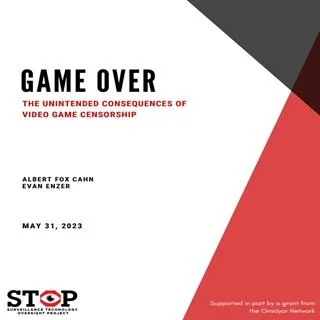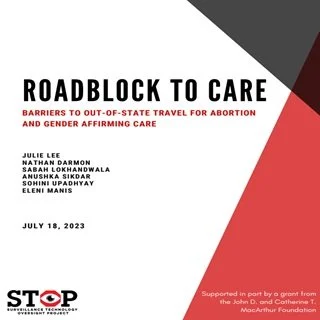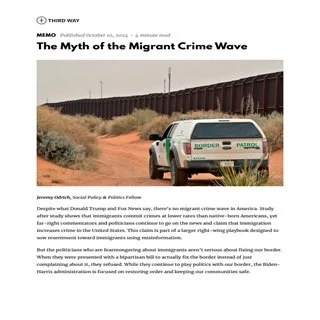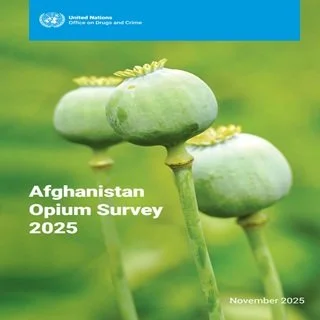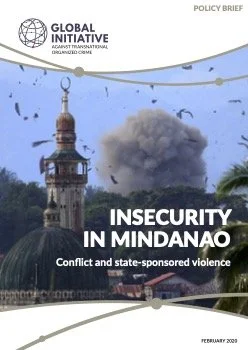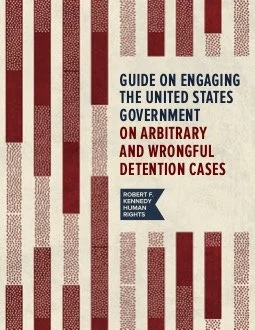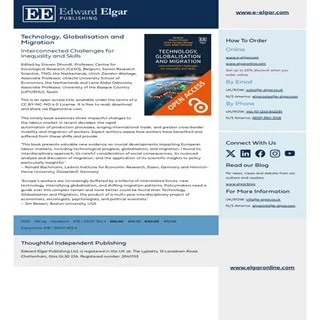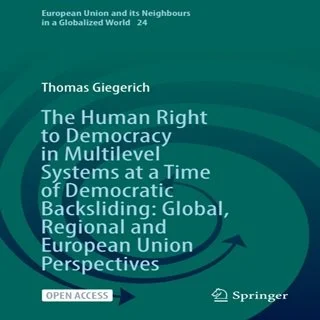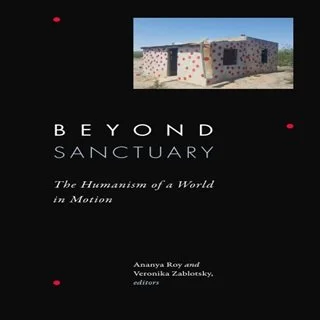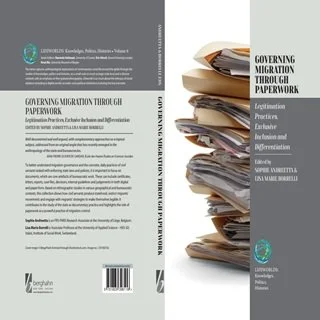By The Unitted Nations Office on Drugs and Crime, Research and Trend Analysis Branch
KEY FINDINGS
Sustained ban enforcement and drought conditions drive reductions in opium production in 2025 During the 2025 season, most farmers continued to adhere to the ban on opium poppy cultivation, which is in its third year of enforcement. The total area under opium poppy cultivation in 2025 was estimated at 10,200 hectares, 20% lower than in 2024 (12,800 hectares) and a fraction of the pre-ban levels recorded in 2022, when an estimated 232,000 hectares were cultivated nationwide. Potential opium production 2025 declined at a rate greater than that of cultivation, dropping by 32% compared to 2024, to an estimated 296 tons. The sharper decline in production is linked to reported crop failures and drought conditions that stressed the plants, particularly in Badakhshan, the main producing province. The estimated 296 tons of opium could be converted into approximately 22–34 tons of export-quality heroin. This is lower than the 32–50 tons produced in 2023, and significantly below the 350–580 tons estimated in 2022. The De facto Authorities of Afghanistan reported that over 4,000 hectares of opium poppy were eradicated in 2025, although UNODC could not technically verify this number. While lower than the 16,000 hectares reported in 2024, this still corresponds to about 40% of the estimated cultivation area. According to the data, 87% of eradication occurred before satellite imagery was acquired, meaning that UNODC’s 2025 estimates of opium poppy cultivation do not include these eradicated fields. Eradication efforts occasionally sparked violent resistance, particularly in the northeast, where protests led to unrest and casualties. Sharp decline in opium income by 48% deepens rural economic vulnerability Farmers’ income from opium sales to traders has dropped by 48% from US$260 million in 2024 to US$134 million in 2025. This decline results from falling production and falling prices. As a result, farmers who previously depended on opium poppy cultivation face severe economic challenges with three consecutive years of minimal or no income from illicit crops. Farmers largely replaced opium poppy with cereals and, to a lesser extent, summer crops. However, over 40% of available farmland remained fallow due to the lack of profitable alternatives, limited agricultural outputs and adverse climate conditions. Opium poppy continues to be far more profitable per hectare than wheat or cotton, deepening rural vulnerability. In 2025, declining opium prices and smaller yields meant that a hectare of opium generated about US$17,000 in Helmand (a 43% decline from the previous year) and around US$12,000 in Badakhshan (35% less than in 2024). Despite this drop, opium remained far more profitable than most licit crops. For comparison, staple crops such as wheat yielded only about US$800 per hectare, while a key cash crop like cotton provided roughly US$1,600 per hectare to farmers. Signs of expanding opium cultivation beyond AfghanistanThe sustained high prices might have triggered opium poppy cultivation in countries in the immediate region. For instance, eradication of opium poppy in two countries near Afghanistan increased from 5,868 hectares in 2022 to 13,200 in 2023 (latest official data available). Market indicators suggest supply from elsewhere, too, as opiates seizures and opium prices fell despite reduced opium production from Afghanistan and the fairly steady nature of demand for opiates. Such a shift could be an example of the so-called balloon effect, where enforcement in one country leads to the displacement of illegal activities to another – a phenomenon that hasbeen observed elsewhere. More information and close monitoring of the situation are needed to fully understand the extent to which cultivation may have shifted to countries in the region and far beyond than Afghanistan. Increasing methamphetamine seizures and falling prices suggest greater supply Trafficking in synthetic drugs, especially methamphetamine, seems to have increased since the ban, with seizure events in and around Afghanistan higher than before, indicating a growing risk of synthetic drug substitution as opiate production falls. Prices for methamphetamine in Afghanistan and neighbouring countries have also decreased in line with higher seizure volumes. UNODC’s systematic monitoring of methamphetamine prices in Afghanistan began in late 2022, and monthly kilogram prices initially fluctuated between US$600 and US$850. Beginning in late 2024, methamphetamine prices fell sharply, dropping below US$600 per kilogram. The price decline together with increasing seizures can reflect an increase in production capacity or greater availability stemming from inflows from other countries; at present, neither dynamic has been conclusively verified, and both remain plausible contributors to the observed shift. Intersecting pressures threaten counternarcotics gains and rural stability The economic loss from opiate production coincided with severe droughts that significantly reduced agricultural output and left large areas of farmland fallow. Simultaneously, the return of approximately 4 million Afghans from neighbouring countries has intensified competition for scarce jobs and resources, further straining rural communities already burdened by declining farm income, reductions in humanitarian aid, and the absence of viable legal economic opportunities. Rural livelihoods face increased pressures from reduced income opportunities, climatic shocks, and limited access to viable alternatives. Despite recent declines, opium prices remain five times higher than pre-ban averages, creating strong incentives to resume illicit production if enforcement weaken
Vienna:
United Nations Office on Drugs and Crime; 2025 56p.





